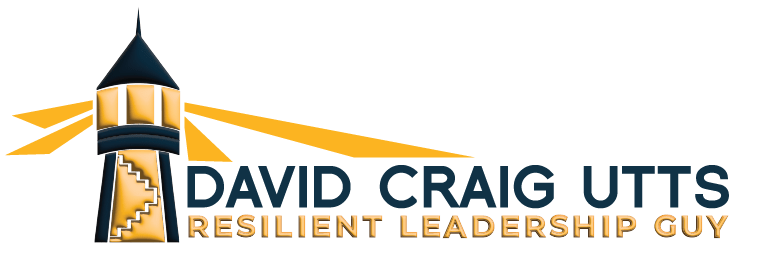In Part III of our series on the fundamentals of resilience, we delve deeper into the very essence of executive resilience: self-leadership. Building on our previous explorations of self-awareness and self-regulation, this post is dedicated to understanding and mastering the art of self-leadership, a pivotal cornerstone for any resilient leader.
Defining Self-leadership
At its core, self-leadership is the conscious endeavor of embracing the leader within. It’s not just about making decisions or leading a team; it’s about tapping into and taking control of one’s inherent creative abilities, aligning them with their position of authority. True self-leadership means steering clear of impulsive reactions to challenges. Instead, a self-leader focuses on creating solutions tailored for impactful outcomes.
Additionally, self-leadership champions the art of interpersonal intelligence, vital for collaborating effectively with diverse personalities. For those aspiring to lead, mastering self-leadership is a prerequisite; it’s the heart of a resilient leadership persona.
The Pillars of Self-Leadership: ELSA
Our Enlightened Leadership System Applied (ELSA) lays down the foundational competencies for self-leadership:
- Deepening Executive Presence: Allows the executive to be present, sober, and attentive, enabling them to address the right challenges.

- Generating Focus: This encompasses clarifying one’s leadership brand, core values, and purpose. These elements serve as the guiding lights when one’s focus drifts.
- Engaging Collaboratively: Understand and implement strategies to build trust, inspire team members, and foster commitments that push forward critical objectives.
- Building Alignment: This competency involves rallying everyone towards a common goal, ensuring unified efforts to achieve pivotal outcomes.
- Heart-centered, Fearless Execution: This competency the executive to boldly execute actions in alignment with their vision and priorities.
- Fostering Innovation: This promotes a continuous feedback cycle that ensures perpetual innovation for oneself and the team.
The Symbiosis of Self-Leadership and Resilience
At the intersection of self-leadership and resilience lies a solution-focused mindset. This anchors leaders, directing their gaze towards the realization of their vision, purpose, and key goals. With this unwavering focus, they become less reliant on external validation. While they care for their needs, their broader perspective encompasses the well-being and growth of their peers and subordinates.
A hallmark of self-leaders is self-awareness. They perceive challenges not as setbacks but as growth catalysts. Recognizing the importance of personal well-being in manifesting their vision, they know when it’s time to retreat, recenter, and recharge. Elevated in their personal and professional journey, they find profound satisfaction in uplifting others.
Conclusion
Self-leadership is more than just a concept; it’s the backbone of resilient leadership. As we journey through the nuances of resilience, understanding and embodying self-leadership becomes paramount. It not only propels individuals towards their goals but also catalyzes collective growth, making it an indispensable tool in the leadership arsenal.

